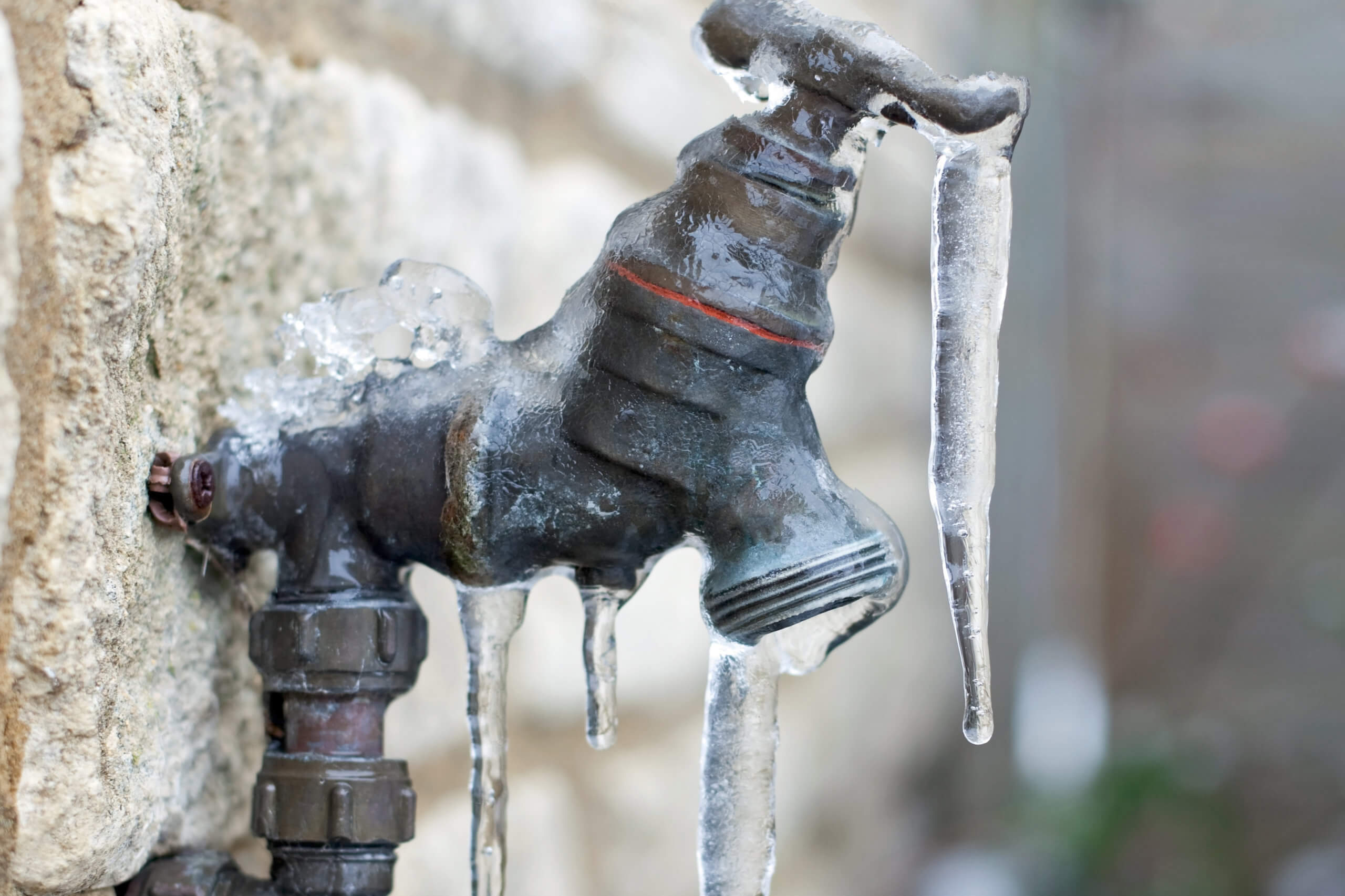Prevent Frozen Plumbing in Cold Weather: Pro Tips
Prevent Frozen Plumbing in Cold Weather: Pro Tips
Blog Article
This post down below on the subject of 6 Ways to Prevent Frozen Pipes is absolutely motivating. Have a go and make your own personal findings.

Cold weather can wreak havoc on your plumbing, especially by freezing pipes. Below's how to avoid it from happening and what to do if it does.
Introduction
As temperatures decrease, the threat of frozen pipes increases, potentially causing pricey repairs and water damage. Recognizing just how to stop frozen pipes is vital for homeowners in chilly environments.
Comprehending Icy Pipelines
What triggers pipelines to freeze?
Pipelines freeze when revealed to temperature levels below 32 ° F (0 ° C) for extended durations. As water inside the pipes ices up, it expands, putting pressure on the pipeline wall surfaces and potentially creating them to burst.
Risks and problems
Icy pipelines can cause water supply interruptions, property damages, and costly repairs. Burst pipelines can flood homes and cause considerable structural damages.
Signs of Frozen Pipeline
Identifying frozen pipelines early can avoid them from rupturing.
Exactly how to determine frozen pipelines
Search for reduced water circulation from faucets, uncommon odors or noises from pipelines, and noticeable frost on exposed pipelines.
Avoidance Tips
Insulating susceptible pipes
Wrap pipelines in insulation sleeves or utilize heat tape to safeguard them from freezing temperatures. Concentrate on pipelines in unheated or outside locations of the home.
Home heating techniques
Maintain interior areas effectively heated, specifically locations with plumbing. Open up cupboard doors to enable warm air to circulate around pipelines under sinks.
Shielding Outside Pipes
Yard hoses and outdoor taps
Separate and drain pipes garden hose pipes prior to wintertime. Mount frost-proof spigots or cover exterior faucets with protected caps.
What to Do If Your Pipes Freeze
Immediate actions to take
If you presume icy pipelines, keep taps open to soothe pressure as the ice melts. Utilize a hairdryer or towels soaked in hot water to thaw pipes slowly.
Long-Term Solutions
Structural adjustments
Take into consideration rerouting pipes far from exterior walls or unheated locations. Include extra insulation to attic rooms, cellars, and crawl spaces.
Upgrading insulation
Invest in high-quality insulation for pipes, attics, and wall surfaces. Correct insulation aids maintain consistent temperatures and minimizes the danger of icy pipelines.
Verdict
Preventing frozen pipes requires proactive measures and quick responses. By understanding the reasons, indicators, and safety nets, house owners can secure their plumbing during winter.
5 Ways to Prevent Frozen Pipes
Drain Outdoor Faucets and Disconnect Hoses
First, close the shut-off valve that controls the flow of water in the pipe to your outdoor faucet. Then, head outside to disconnect and drain your hose and open the outdoor faucet to allow the water to completely drain out of the line. Turn off the faucet when done. Finally, head back to the shut-off valve and drain the remaining water inside the pipe into a bucket or container. Additionally, if you have a home irrigation system, you should consider hiring an expert to clear the system of water each year.
Insulate Pipes
One of the best and most cost-effective methods for preventing frozen water pipes is to wrap your pipes with insulation. This is especially important for areas in your home that aren’t exposed to heat, such as an attic. We suggest using foam sleeves, which can typically be found at your local hardware store.
Keep Heat Running at 65
Your pipes are located inside your walls, and the temperature there is much colder than the rest of the house. To prevent your pipes from freezing, The Insurance Information Institute suggests that you keep your home heated to at least 65 degrees, even when traveling. You may want to invest in smart devices that can keep an eye on the temperature in your home while you’re away.
Leave Water Dripping
Moving water — even a small trickle — can prevent ice from forming inside your pipes. When freezing temps are imminent, start a drip of water from all faucets that serve exposed pipes. Leaving a few faucets running will also help relieve pressure inside the pipes and help prevent a rupture if the water inside freezes.
Open Cupboard Doors
Warm your kitchen and bathroom pipes by opening cupboards and vanities. You should also leave your interior doors ajar to help warm air circulate evenly throughout your home.

Hopefully you enjoyed reading our post on Prevent Frozen Pipes . Thank you so much for taking a few minutes to browse our short article. Those who appreciated our page plz be sure to pass it around. I love your readership.
Get Quote Now Report this page